
As the resident Sleep Editor at Homes & Gardens, I lead a team of testers to find the top mattresses available on the market. We spend eight hours a night, seven nights a week, testing each mattress for a minimum of 30 nights before we write our initial reviews.
Personally, I've spent more than 500 hours testing mattresses and many more writing reviews, features, and buying guides. In my search for the best mattress, I've encountered my fair share of marketing jargon and bad beds. I want to share my hard-won wisdom with you.
To save you time and money, I've identified seven mattress features I think are gimmicks. I've also combed through our back catalog reviews to pick out tested mattresses you can trust. Don't worry if you encounter any unfamiliar terms: you can cross-reference against my mattress jargon buster.
1. Orthopedic mattresses

I've written an entire feature outlining my issues with the use of the term 'orthopedic' in the mattress industry. To cut a long story short: 'orthopedic' doesn't refer to the filling inside a mattress, but the feeling you get from it.
'There is no industry standard for an orthopedic mattress,' says Dr. Robert Oexman, Chief Science Officer at iSense. 'The term was first used around 1950 to describe a new, firm mattress, but there was no objective testing to prove that the firmness of that mattress was beneficial for any specific medical condition.'
There is no such thing as the best mattress firmness for every kind of sleeper. What feels supportive for one person might feel deeply uncomfortable for the next, depending on a number of factors, including their height, weight, and sleep position.
If you suffer from chronic pain, and you're looking for a mattress that can ease your aches, then it's worth remembering that no mattress can cure back pain. It wouldn't hurt to consult with your physician before you buy.
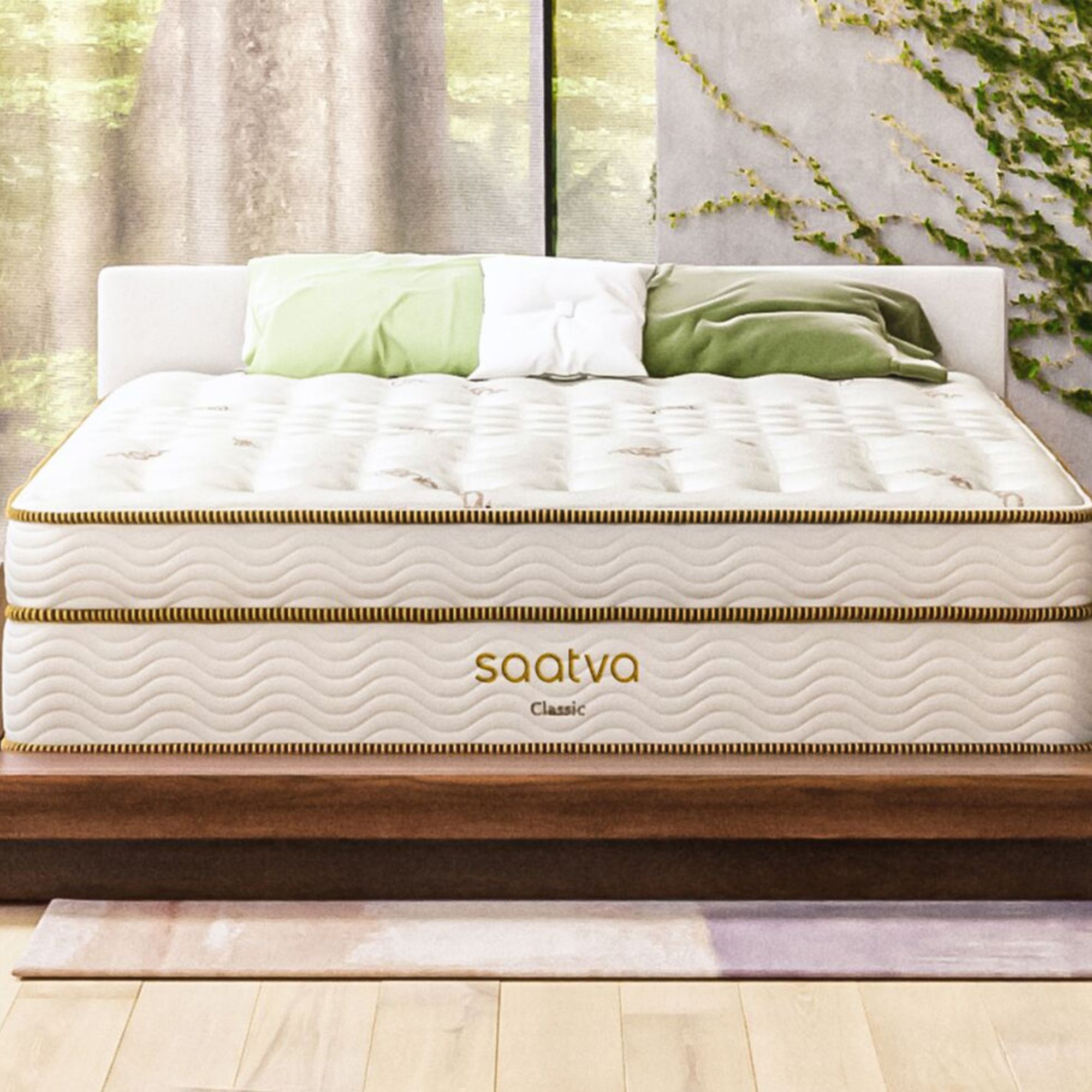
This luxury innerspring is the reigning champion of our 'best mattress' buying guide. Steel coils form a firm base, while a plush pillow top takes the edge off. Our expert tester Jaclyn says: 'I've spent more than four years sleeping with my Luxury Firm Saatva Classic, and I expect this hand-made mattress to hold up for many years to come.'
Read the full review: Saatva Classic Mattress
2. Open-cell foam
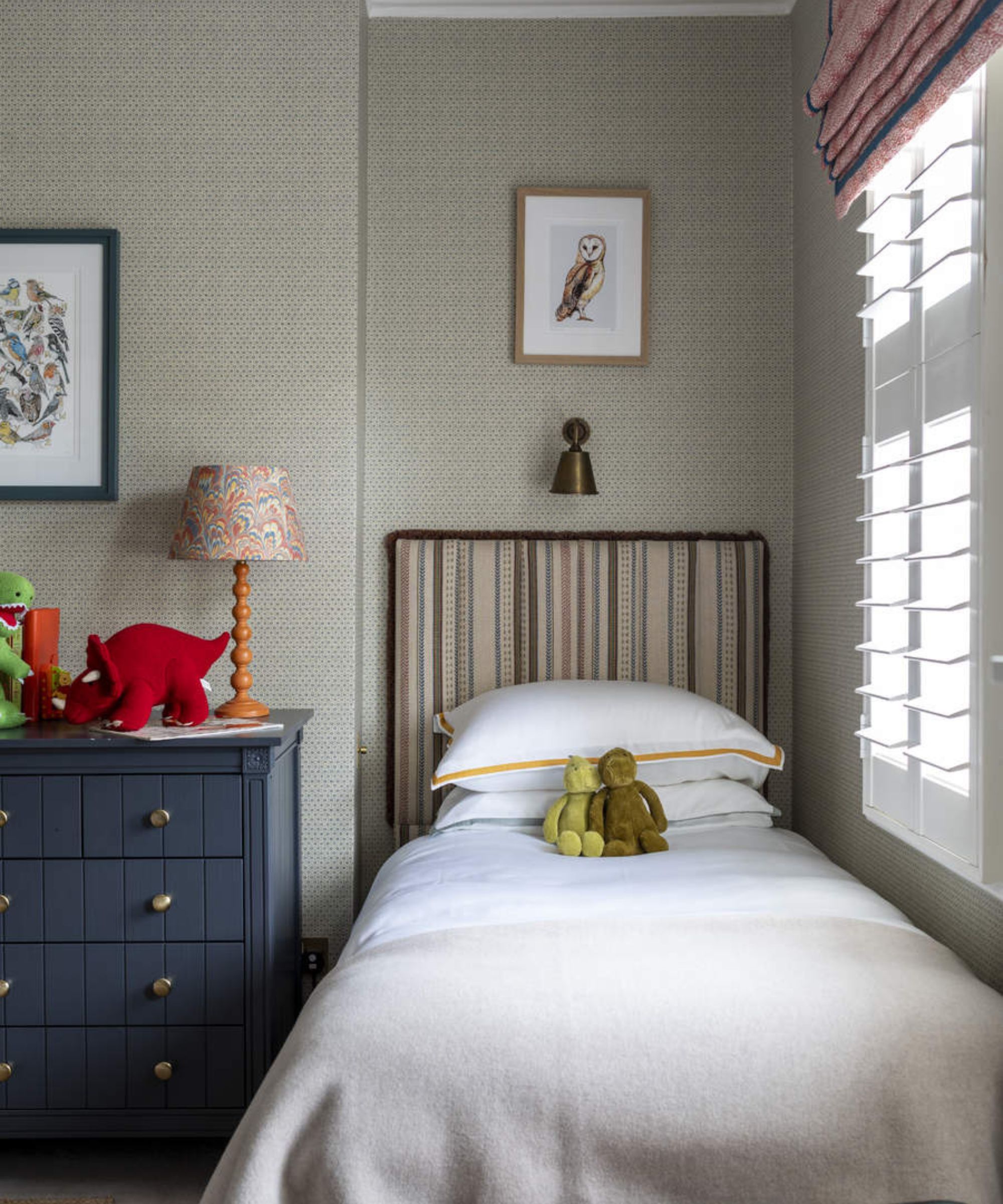
Early iterations of memory foam weren't especially breathable: there wasn't much room for air to flow through dense foam. Even today, your average memory foam mattress is fighting to shake off a reputation as a heat trap.
I think that's what has led to a rise in the use of the term 'open-cell foam': it's a bid from manufacturers to make their mattresses sound lighter and airier, as opposed to 'closed-cell foam'.
Only, closed-cell foam has never been widely used for making mattresses. In fact, closed-cell foam is so structurally rigid that it's ordinarily used for insulation in buildings and vehicles. Open-cell foam isn't a special feature of technologically advanced mattresses: it's the default construction.
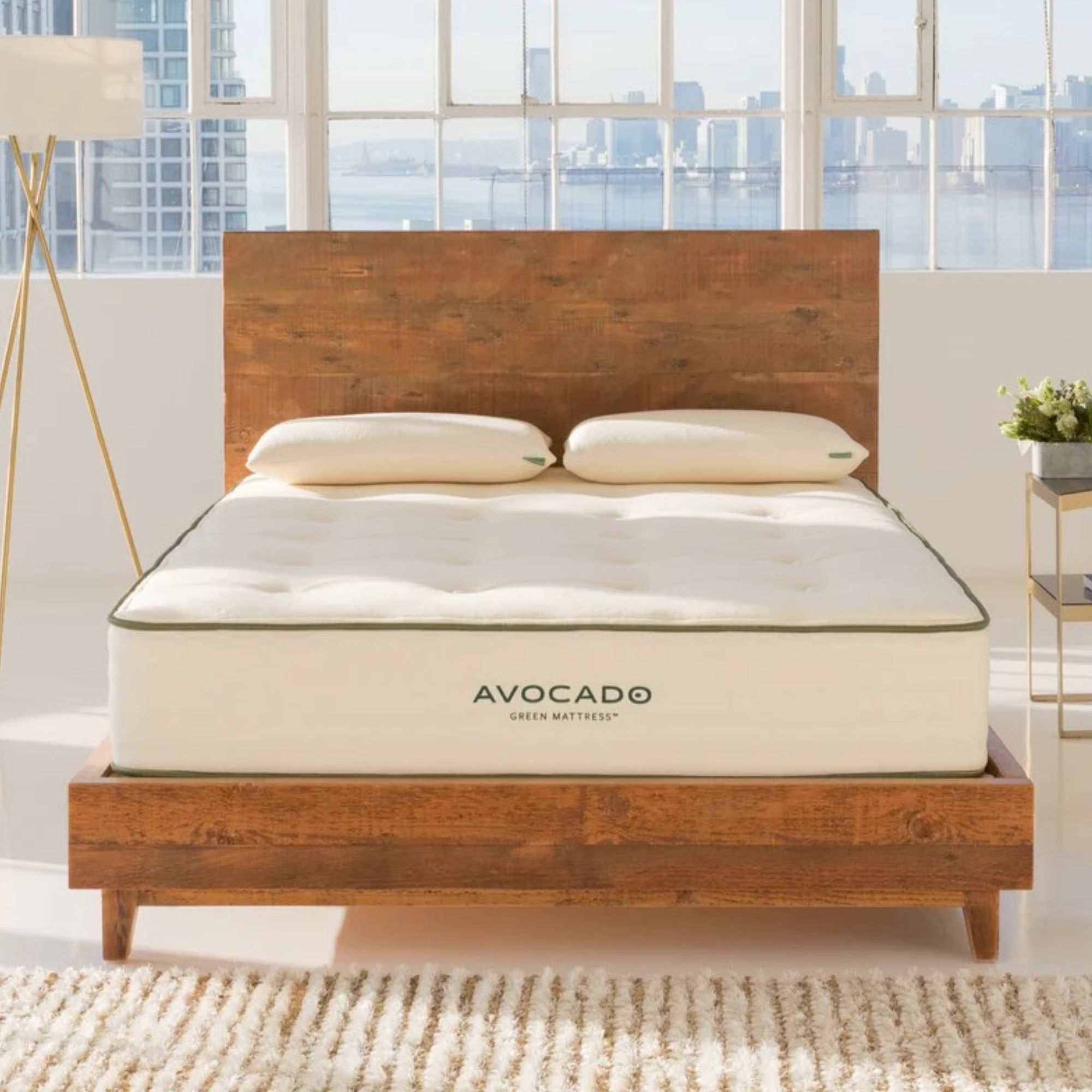
Where synthetic foams and fibers tend to trap heat, natural materials, such as latex, are more breathable. The Avocado Green Mattress is filled with latex: specifically, Dunlop latex, which is dense and durable. Organic wool and cotton in the comfort layers help to dissipate heat and wick moisture.
Read the full review: Avocado Green Mattress
3. Lumbar support zones
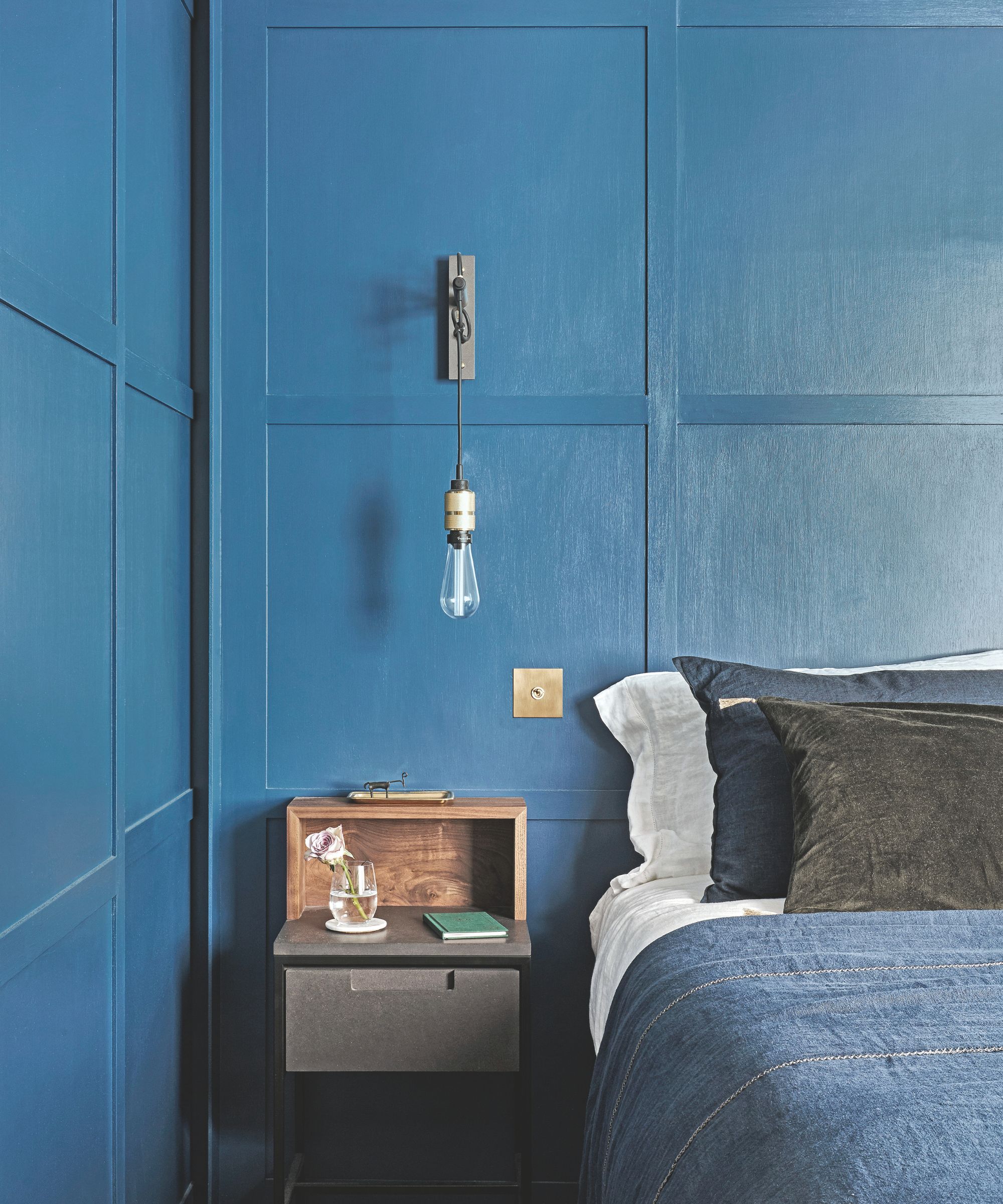
I'll admit, I've been taken in by the idea of ergonomic zones: firm and soft sections inside your mattress, designed to target different parts of your body with specialized support.
It's a great idea in theory, less so in practice. Our bodies are different shapes and sizes. Many of us lie in different sections of our mattress from one night to the next, cycling between different sleep positions. There's no way to ensure that the lumbar support zones inside a mass-produced mattress are actually aligned with your lumbar region. In my experience, you're better off with a mattress that offers consistent support across the whole surface.
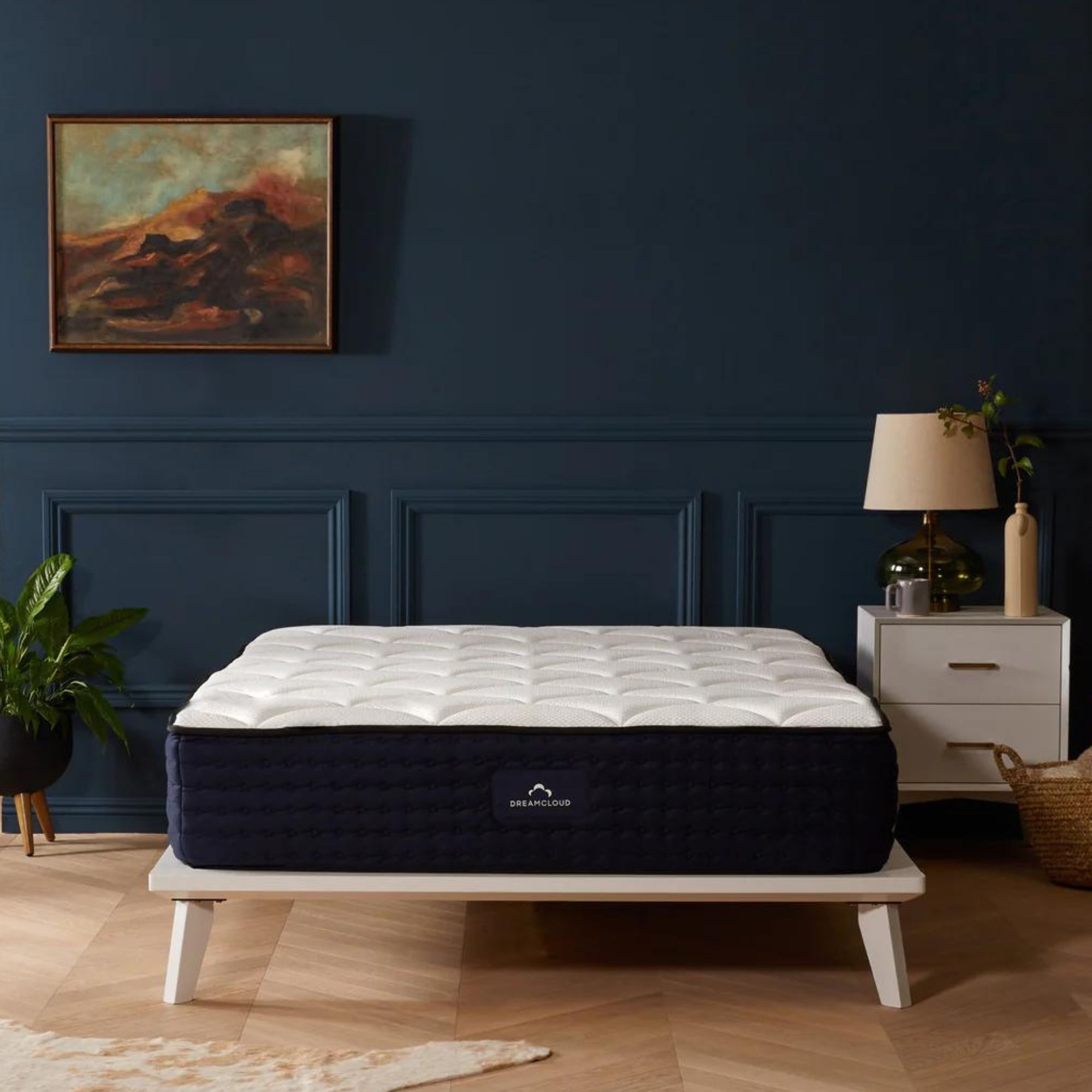
'DreamCloud rates this bed a 6.5 out of 10 on the firmness scale, though I'd say it feels more like a 7 or a 7.5,' says expert tester Camryn Rabideau. 'It's great for sleepers who like a little more support. The firmness is consistent throughout, so you get even pressure relief and body contouring, no matter how you lie on the mattress.
Read the full review: DreamCloud Luxury Hybrid Mattress
4. Fancy trademark materials

If you've shopped around a few different stores, you've likely seen the same foams listed under countless different names: DreamFoam; AirFoam; TrueFoam; and the like.
Trademark names make it much harder for shoppers to compare mattresses between brands, which is exactly what they want. Big brands are banking on you getting confused and stopping your research before you rule out their mattress.
Really, there are only three types of foam you'll find inside a mattress: polyurethane foam, memory foam, and latex foam. There's nothing special about foam with a fancy name: it's just jargon.
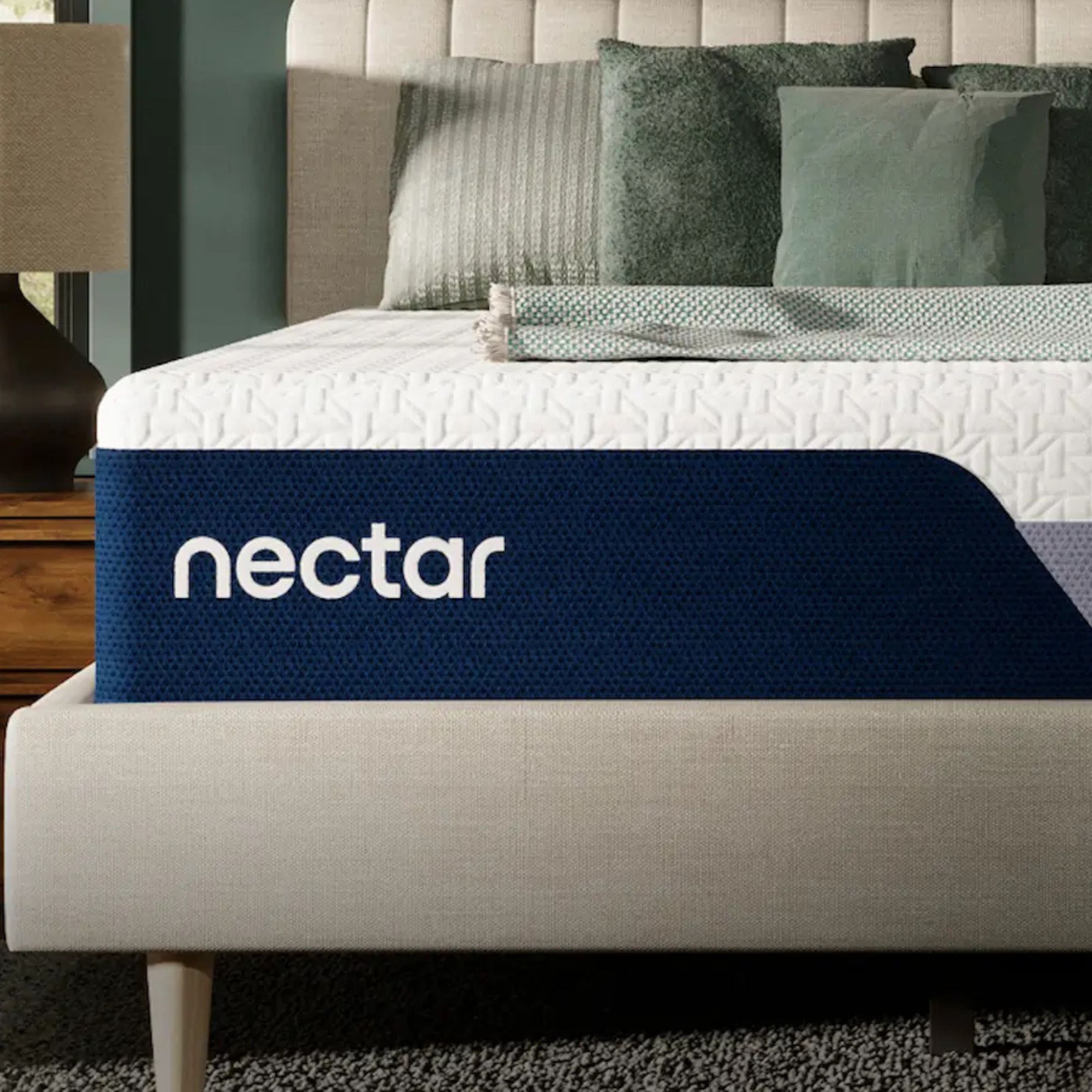
Expert tester Casey Clark says: 'I live with fibromyalgia. For a few hours each night, the Nectar Memory Foam Mattress made me forget about it. Filled with thick layers of dense foam, this mattress is made to absorb pain and relieve pressure so that you can sleep easy. I got the best night's sleep I've had in months.'
Read the full review: Nectar Memory Foam Mattress
5. Natural, rather than organic materials

As a Sleep Editor, one of the most common questions I get is: 'are organic mattresses a hoax?' I can understand the skepticism: greenwashing is rife, and it's all too easy for a brand to position itself as eco-friendly without the credentials to substantiate their claims.
A mattress might purport to be filled with 'natural' or 'green' materials, but those aren't protected terms: anybody can use them. The only way to ensure you're buying the best organic mattress is to look for badges from independent eco-organizations.
You're looking for GOLS latex, GOTS wool or cotton, and badges from bodies such as Fair Trade (ensuring fair payment and treatment of workers) and eco-INSTITUT (upholding indoor air quality). The same goes for the best organic bedding.
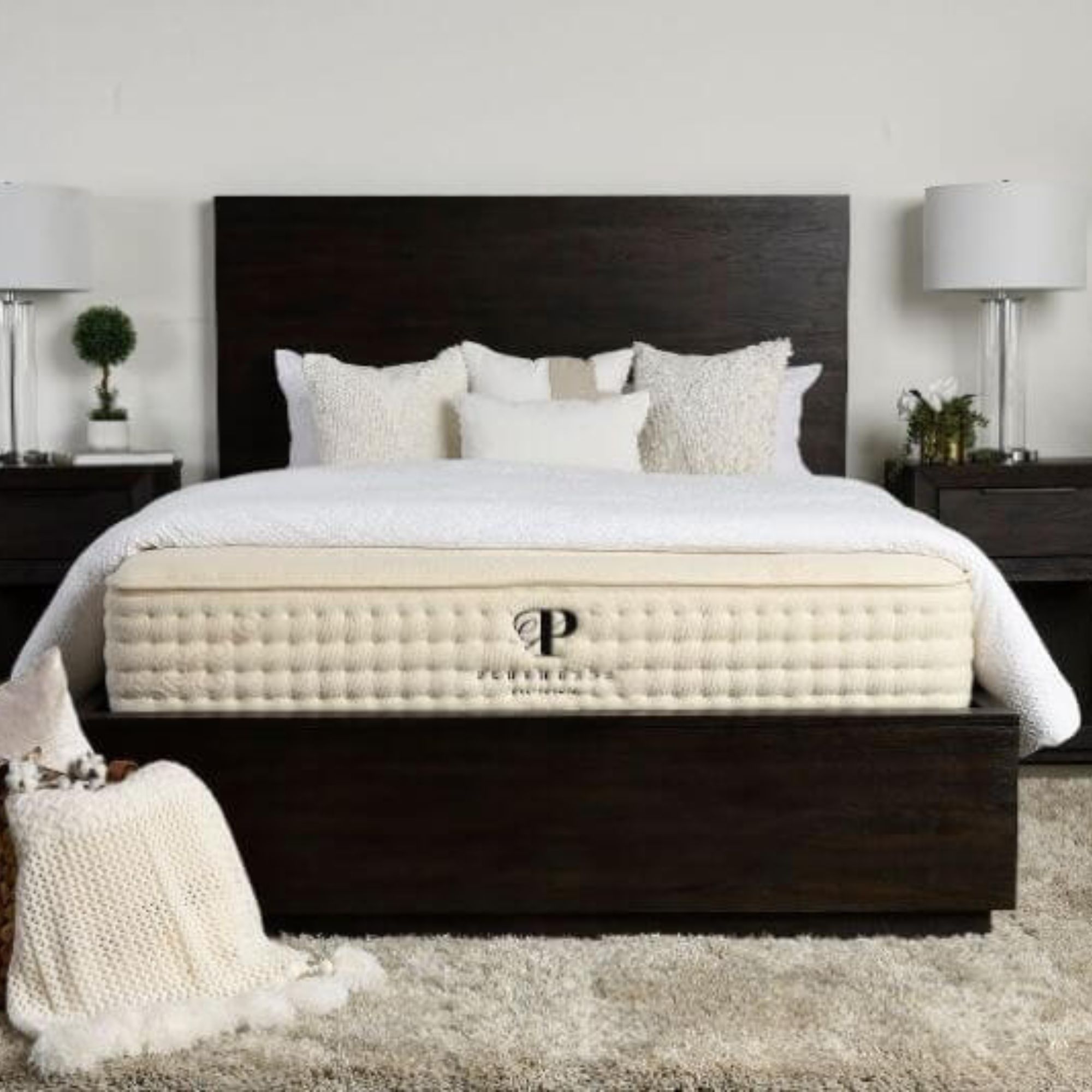
Founded on GOLS-certified latex and topped with GOTS-certified wool and cotton, this naturally breathable mattress is a safe bet for hot sleepers and eco-conscious shoppers. You get to choose the mattress size, firmness, and height that suits you before you buy.
Read the full review: PlushBeds Botanical Bliss Organic Latex Mattress
6. Deep discounts, all year round

Before I specialized in sleep, I was an eCommerce Editor. I spent eight hours a day crawling the sites of major retailers, watching the prices go up and down. Today, I keep a close eye on the mattress sales and employ a range of price tracking tools to monitor the average price of a product.
Lately, I've found myself wondering: are mattress sales real? Too many online stores are misleading their customers by referring to 'total value' rather than RRP or average price. 'Total value' isn't a protected term, so mattress merchants can increase or decrease that number at will to make their discounts appear deeper than they really are.
If you want to calculate the average price of a particular mattress throughout the year, so you determine the best time to buy for real value, you should download your own price tracking tools. CamelCamelCamel works best on Amazon.
Part of my job is searching the sites of all the best places to buy a mattress, waiting for deals to drop. Prices stay consistent at Naturepedic, which I see as a good thing: it's a sign that the RRP represents the real value of the mattress.
Read the full review: Naturepedic Chorus Mattress
7. Bedding bundles

If you've ever tried shopping for a mattress in-person, you've likely encountered an overzealous salesperson, who tries to get you to top up your purchase with a bed base, a sheet set, a mattress protector: anything to increase their commission.
Bad news: some mattress retailers have started doing that online, too. When you get to check-out, you'll find 'freebies' in your basket: often, a bedding bundle, containing a flat sheet, a fitted sheet, and two pillowcases.
The catch is that these 'freebies' aren't really free: often, when you try to return the mattress, the retailer will subtract the cost of your bedding bundle from your refund. That cost is often inflated: I've seen cheap polyester sheet sets listed for $600 under the old 'total value' banner.
It might sound counterintuitive, but the best way to avoid these extra charges is to buy your bedding separately. After all, you're unlikely to find the best bed sheets thrown in for free.
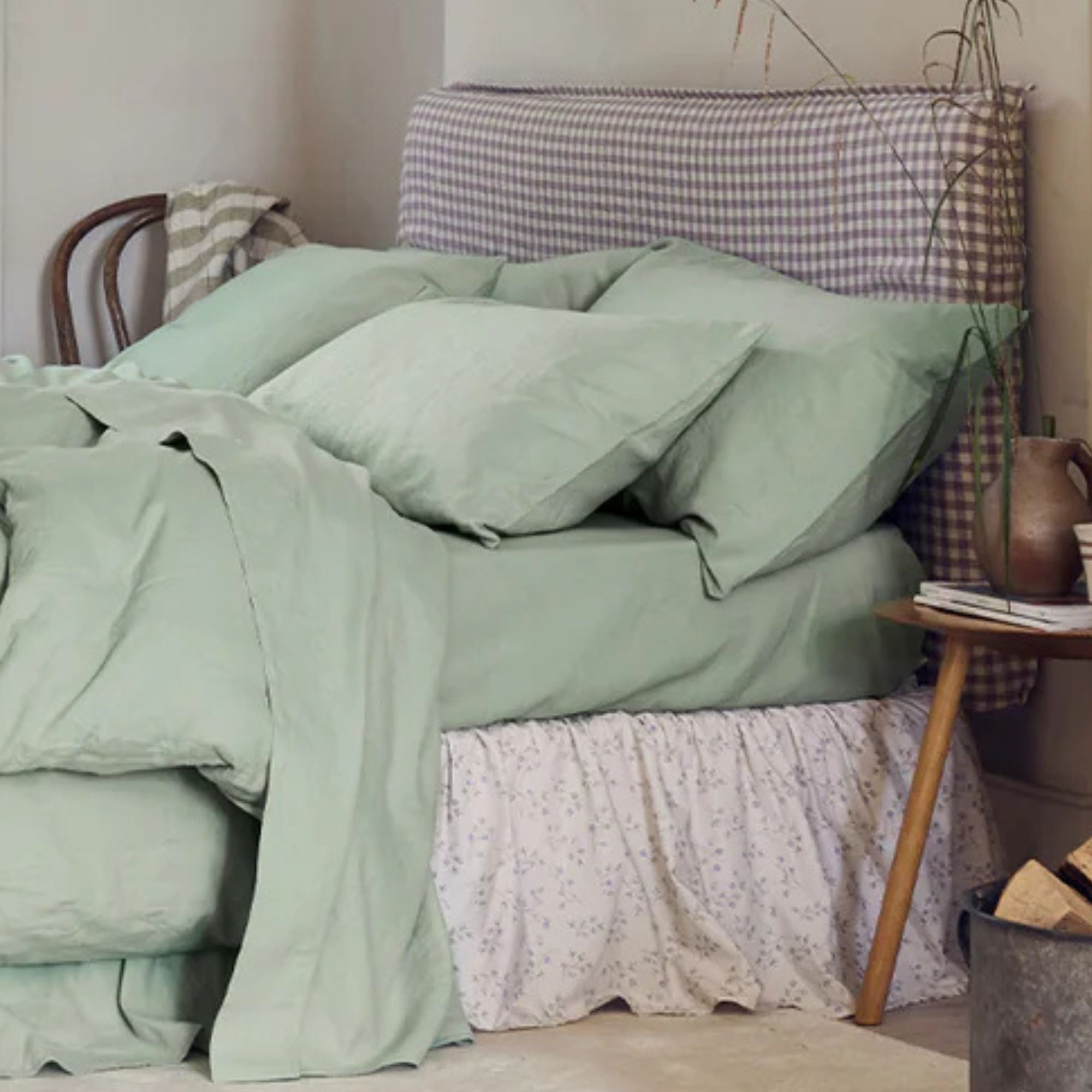
The best places to buy bedding offer the most choice. When you shop at Piglet in Bed, you get to choose the color, print, and pattern of each flat sheet, fitted sheet, pillowcase, and duvet cover. As for the sheets themselves, they're made from hollow flax fibers, which are naturally thermoregulating, so you can sleep through all seasons.
Read the full review: Piglet in Bed Heritage 100% Linen Bundle
When you see a mattress recommended by Homes & Gardens, you can rest easy that we've tested thoroughly for pressure relief; thermoregulation; motion isolation; and edge support. If you want to know more about how we test mattresses, consult our expert guide.







